
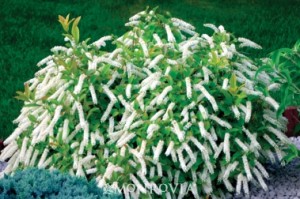 Native plants are all the landscape buzz these days, and there is good reason. Native plants are those that are naturally occurring, i.e. indigenous to the area where they have evolved. In North America, specific plants are generally described as native if they were present prior to European settlement. Their very presence in the environment is testament to their appropriateness for the location.
Native plants are all the landscape buzz these days, and there is good reason. Native plants are those that are naturally occurring, i.e. indigenous to the area where they have evolved. In North America, specific plants are generally described as native if they were present prior to European settlement. Their very presence in the environment is testament to their appropriateness for the location.
The Virginia Department of Conversation and Recreation describes native plants further: “Plants evolve over geologic time in response to physical and biotic processes characteristic of a region: the climate, soils, timing of rainfall, drought, and frost; and interactions with the other species inhabiting the local community. Thus native plants possess certain traits that make them uniquely adapted to local conditions, providing a practical and ecologically valuable alternative for landscaping, conservation and restoration projects, and as livestock forage. In addition, native plants can match the finest cultivated plants in beauty, while often surpassing non-natives in ruggedness and resistance to drought, insects and disease.” http://tiny.cc/5bx2kw
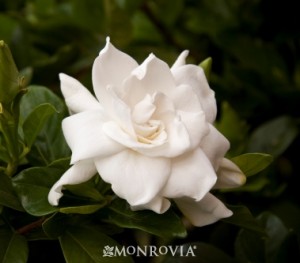 The benefits of natives in landscape design is obvious, and I use them frequently in my designs. There are however, many areas in the world that have such similar climatic conditions that their native or cultivated plants preform perhaps as well as ours. For instance, plants with the word “japonica” as part of the name means only that their origin is Japan. Having spent some time in a region of central Japan, I can attest to the similarity of climatic conditions to mine. Although strict prevention controls are in place now, there was once great risk of spreading non-native insect populations with imports however. The Japanese beetle did not appear in the US all by itself .
The benefits of natives in landscape design is obvious, and I use them frequently in my designs. There are however, many areas in the world that have such similar climatic conditions that their native or cultivated plants preform perhaps as well as ours. For instance, plants with the word “japonica” as part of the name means only that their origin is Japan. Having spent some time in a region of central Japan, I can attest to the similarity of climatic conditions to mine. Although strict prevention controls are in place now, there was once great risk of spreading non-native insect populations with imports however. The Japanese beetle did not appear in the US all by itself .
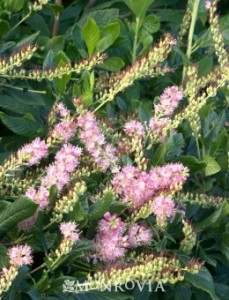 There is also the zone designation for landscape plants, meaning a plant will be winter hardy in particular agricultural regions. For instance, a plant is designated with a hardiness rating say for instance, Zones 4-7. That doesn’t mean the plant will do well, or will contribute to the development of a healthy ecosystem and wildlife habitats.
There is also the zone designation for landscape plants, meaning a plant will be winter hardy in particular agricultural regions. For instance, a plant is designated with a hardiness rating say for instance, Zones 4-7. That doesn’t mean the plant will do well, or will contribute to the development of a healthy ecosystem and wildlife habitats.
And then there are those pesky invasive species… that’s another topic for another day…
Although I use all types of plants in my designs and my own back yard, I also go wild with the natives!
The Virginia Native Plant Society is dedicated to protection, preservation, and education. For more information check out: http://www.vnps.org/
Related posts:
No related posts.
Leave a Reply Cancel reply

More Story
Plant More Plants!
Fall IS for Planting! Plants and trees not only beautify and add value to your property, they improve the environment by preventing...Subscribe to the Blog
Site Menu
Recent Posts
- What's a gardener to do... in winter?
Jan 22, 2024 - New Year, New Plans!
Jan 1, 2024 - The Thoughtful Host
Dec 7, 2023
- What's a gardener to do... in winter?

You may link to a post or take quotes if credit, including a link back, is given.
You may not take entire posts or photographs without asking.
Permission may be requested using the contact form .








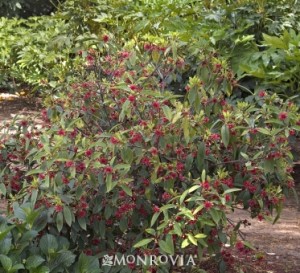
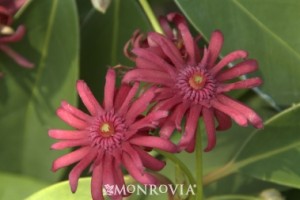
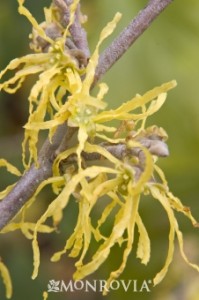
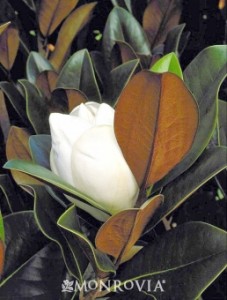
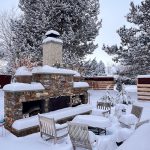
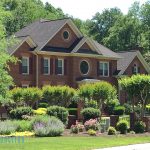

Share On